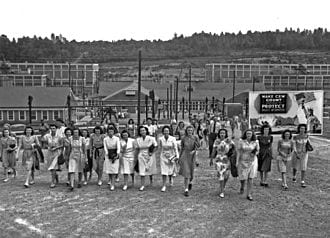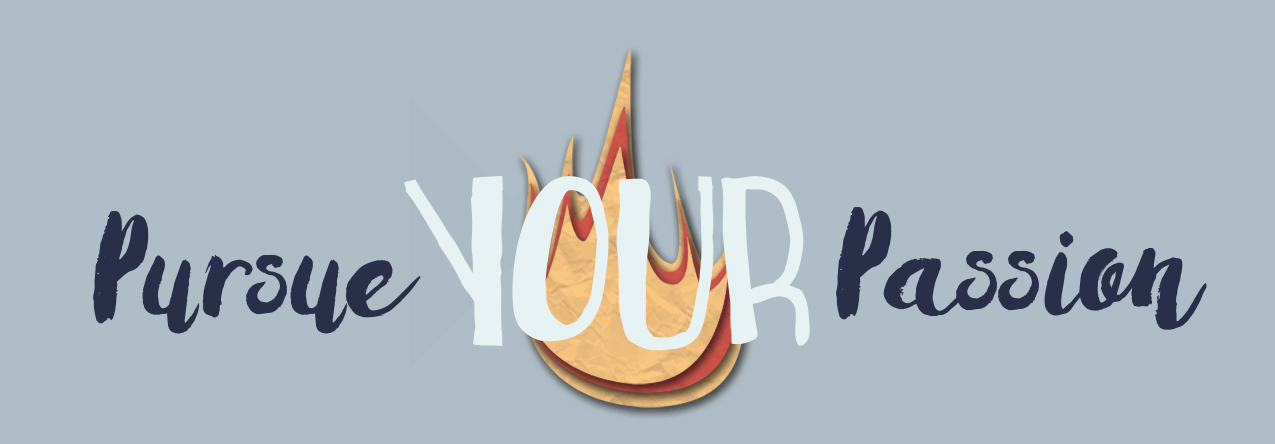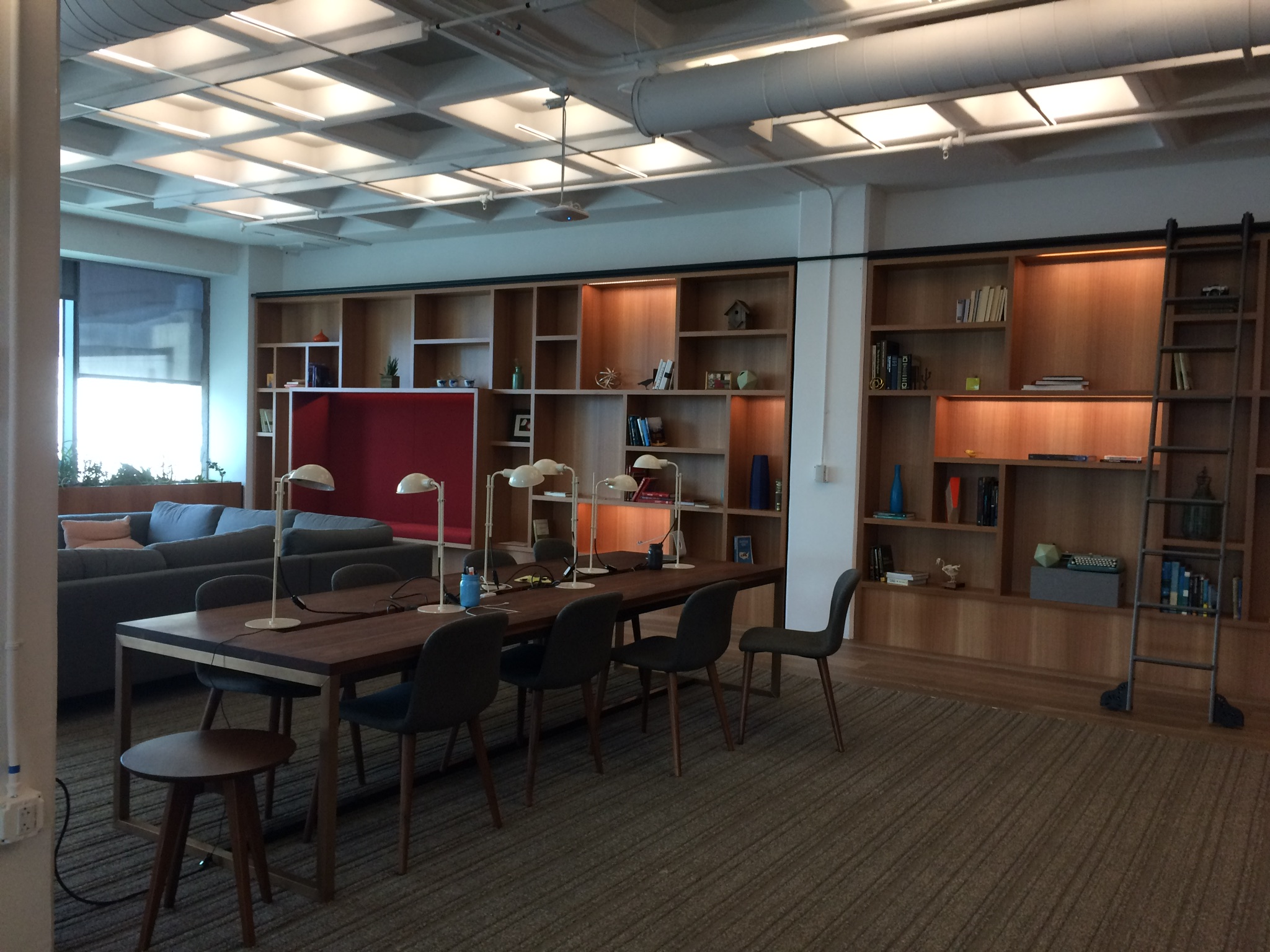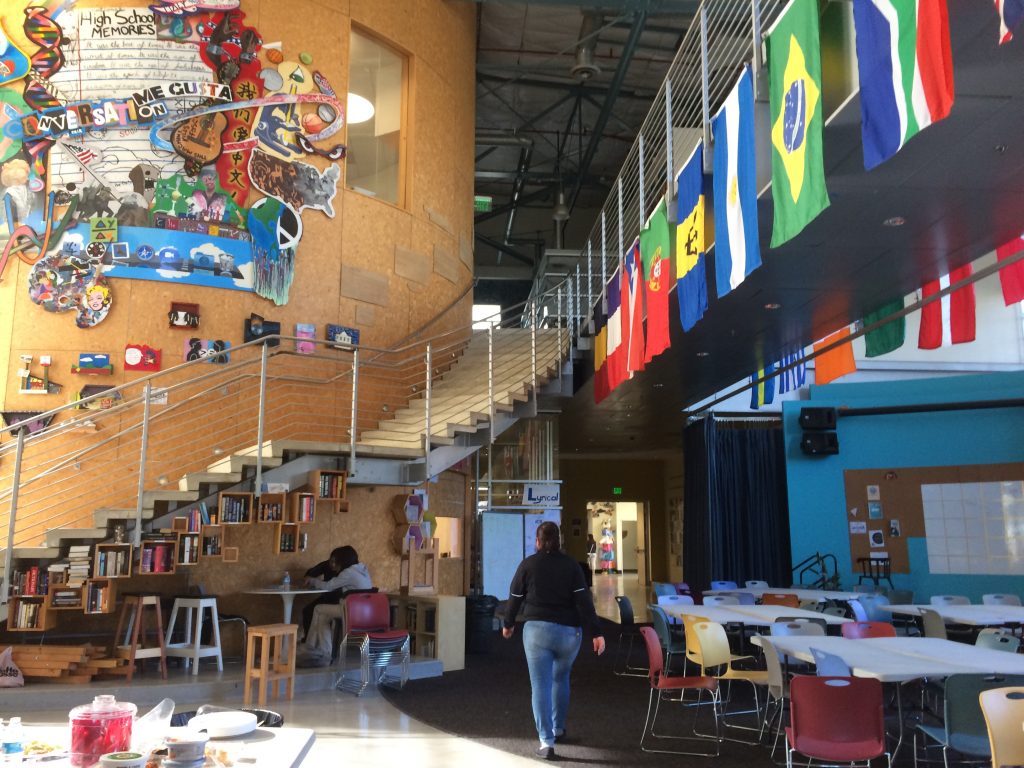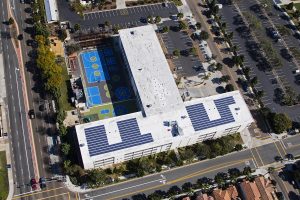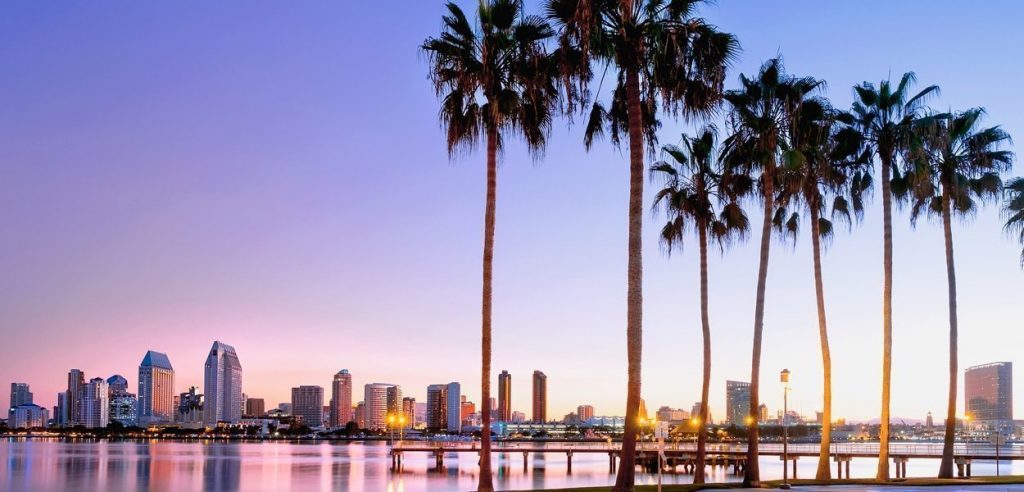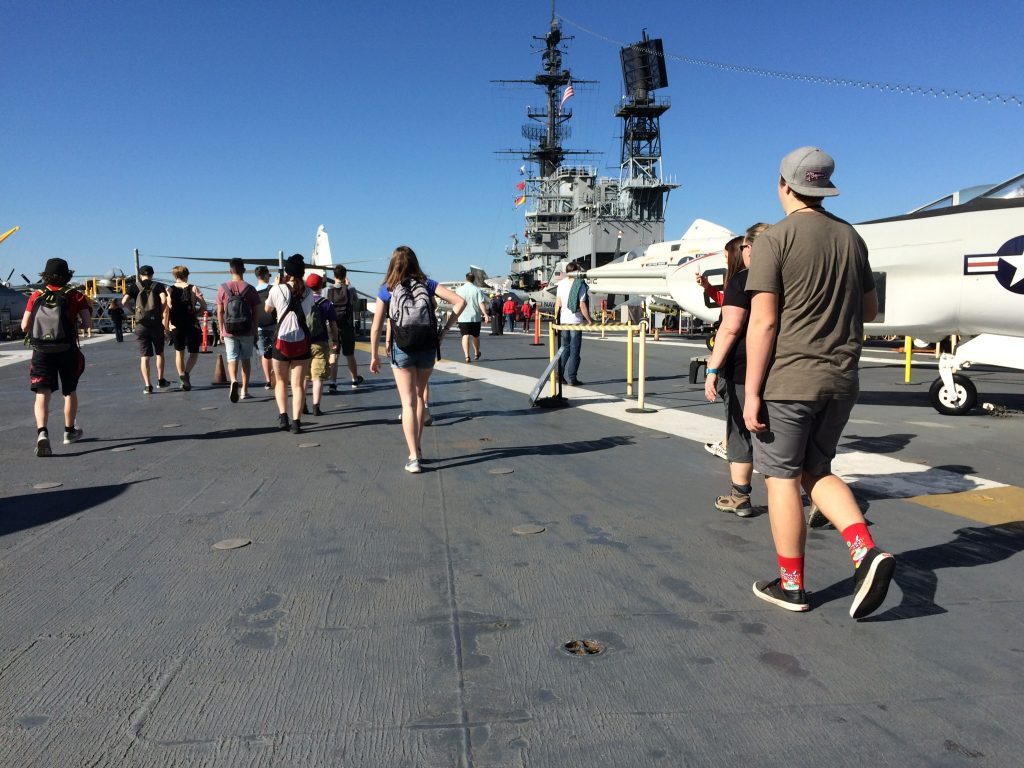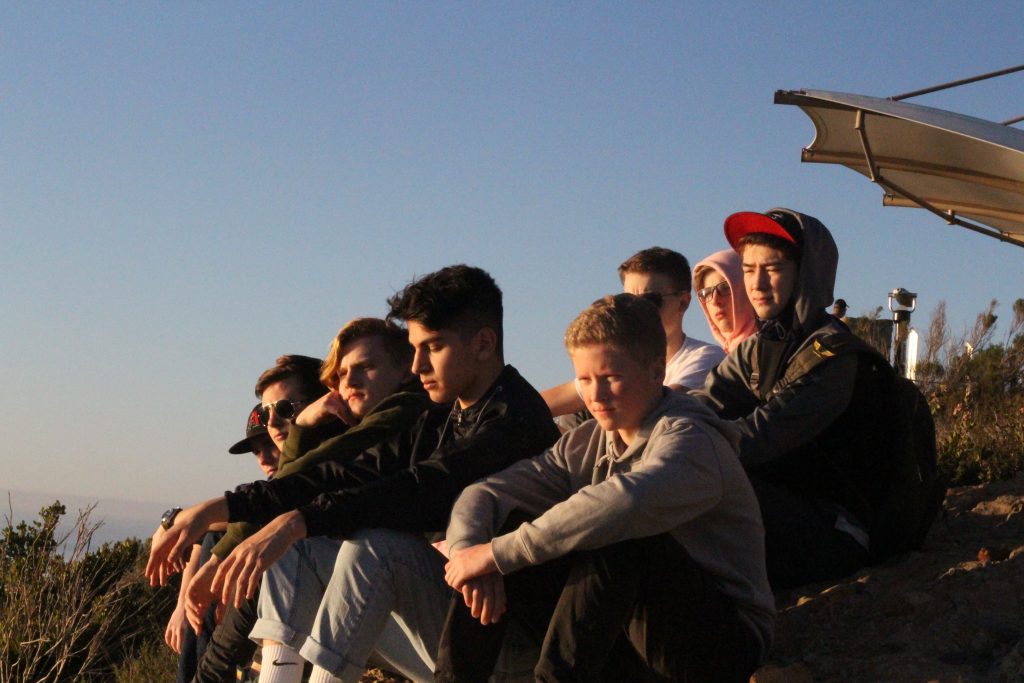Because we are in PLP, we go on trips called field schools, where we get to go straight to where we are learning about to help our understanding and gain a more firsthand perspective. And this trip was to a site that was crucial to the development of the two atomic bombs made in the 1940’s. We went to Hanford Washington.
This trip would be the backbone of all the knowledge we acquire for this unit and project. I wrote another post about the learning we have acquired through this unit about the manhattan project. Be sure to check it out.
But since we are talking about the trip in this post, let me give a little bit of explanation of what I learned on this trip first. Here are two main aspects of the Manhattan Project that we learned and wouldn’t have learned without going to the Hanford site:
1. The full scope of how big the Manhatttan Project site was.
I don’t think I really understood how big, physically, the Manhattan project actually was. It is occupies 586 square miles (1,518 km) which is roughly half of the size of Rhode Island. You can easily find this fact on Google, but I didn’t know what that looked like until we went there. For me at least, learning how large of a space they needed showed me the scope of how important this project was. On this site they had multiple buildings, all with different uses. There were pumphouses, water filtration buildings and multiple just straight up nuclear reactors. One thing that really stuck out to me was how spaced out everything was. The building and reactors were all really far apart, and I learned that’s because there were thousands upon thousands of temporary homes and trailers for the workers set up across the land during the time the site was in use. It really blew my mind how much land this site took up. It was a solid 45 minute drive from the tour bus headquarters to the reactors we saw up close!

2. The perspective of the American workers from Hanford.
I never really considered how much different the point of view of the Americans could really be than that of mine or other people not involved in the Manhattan project. For example, one of our tour docents, Joe, was explaining to another group how he is extremely happy that America decided to drop the atomic bombs, because if they hadn’t, his uncle would have had to go to war, with a good chance of never returning. Joe was moved to tears even now talking about how happy he is that his uncle was able to stay and didn’t have to go fight. This is something I never would have understood if I hadn’t been on this field school, and it’s really impacted me. I now see that Joe was only one case of millions of people in America that could have had the same experience with their own loved ones. This is something I vividly remember from this trip, and really helped me learn more about historical perspective.
Now, since we have covered what I learned about, let’s get into the fun stuff. The actual trip.

The fun stuff
Our main destination was Hanford Washington, but before that we had a few stops to make. We had a total of four days, and we would make the best of them. I think I’ll go about this post by explaining the best / my favourite parts of each day, and make them more detailed and explain what I learned because “Everything we do is for a reason.” – Ms. Willemse
So lets get into it shall we?
We first stopped in Portland Oregon, after driving all morning, (we left the school at 7:00 am) and arrived at Powell’s City Of Books. And a city of books it is, as it’s literally the largest new and used bookstore in the world. It takes up an entire block of downtown and we found out it holds approximately 1 million books, with 32,000 different categories. It’s so large it even has its own guided tours.

This was a pretty cool place to visit, as it’s kind of nostalgic to the days when I had time to read a lot, and a nice place to get out and stretch our legs. But, since we are in PLP, there’s an assignment involved. In a group of our friends, we needed to find a crazy book title, in this castle sized book store, and then using our bodies, imitate the title in a picture. This is what me, Robbie, Simon, and Spencer came up with:

The book title was: “A Brief History on the Worst Ways To Cure Everything.” In our photo, Robbie has a toothache, and so me and Spencer are punching him in the stomach to “make it feel better” and Simon is sitting on the floor poking his eye out with his finger… (we can’t remember why).
Anyways, lets get back on the road.
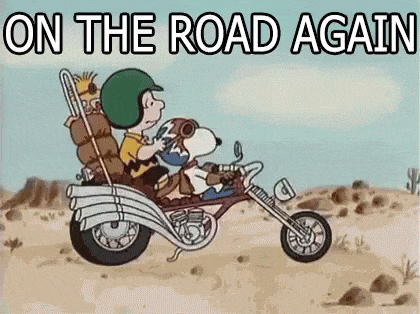
The next super interesting point of interest was Reed College. Here, we met with a student of the college, who is able to work the small Nuclear Reactor housed in the college itself, under 25 feet of water. This is the only nuclear reactor primarily operated by undergraduates. But these students don’t use it to make atomic bombs, they use it to test reactions between different types of metals and materials from the periodic table.

We weren’t allowed to take photos, but this is the exact reactor
We got to go in the “bunker-like” building on the campus that has been home to the reactor since it was built in 1968. We needed to hang up our backpacks and jackets near the door, and then we entered the “control room” where two other students worked. They were about to boot up the reactor for us. We waited for a few minutes in the control room, and then entered the 20ft by 20ft room with a small pool in the middle surrounded by railings. We gathered around, and without anyone’s knowing, were about to witness a rare event. What we witnessed was a SCRAM, which is basically an emergency shutdown of the reactor. This was caused by the students in the control room booted the reactor up just a little too quickly. The reactor then automatically drops neutron-absorbing rods directly into the core of the reactor, cutting off any reactions going on inside. This only happens like ten times a year, and was a cool experience to be a part of. While we were there, I learned a lot about the reactor and how it works, and that technically, you could swim in the reactor pool, but it’s not recommended. This is because the radiation from the reactor is slowed down by the water so much that there’s barely any on the surface of the water. But still if you went down deep, you definitely wouldn’t feel good after. Overall this was a lot of fun and I found it really interesting.



